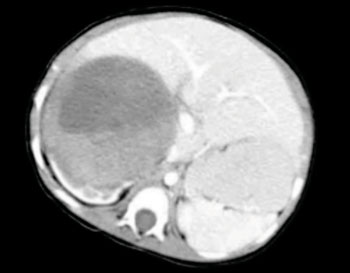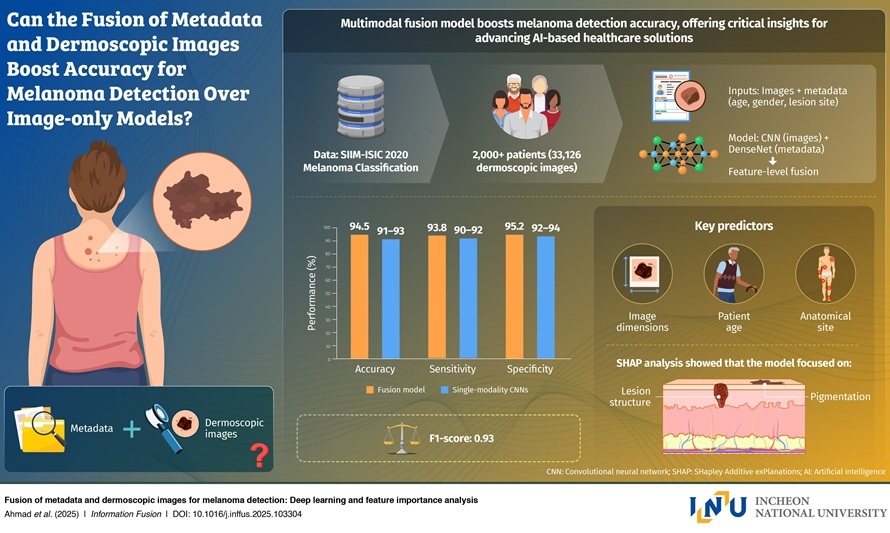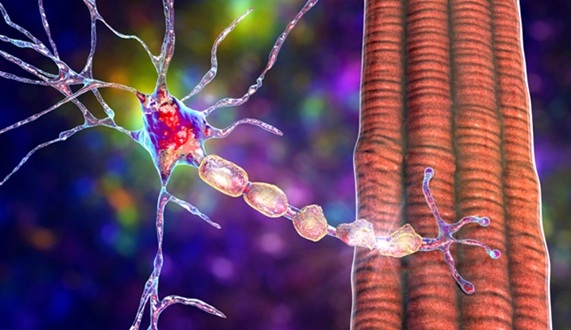Microdiversity Predicts Outcome in Children's Kidney Cancer
By LabMedica International staff writers
Posted on 09 Feb 2015
A prognosis for the outcome of Wilms' tumor, the most common type of kidney cancer in children, can be determined by examining the genetic variation in a biopsy specimen as small as one millimeter in diameter.Posted on 09 Feb 2015
Investigators at Lund University (Sweden) have termed genetic variation in such minute samples as microvariation or microdiversity. They established the importance of this type of variation by analyzing millimeter sized specimens from 44 cases of Wilms' tumor. All 44 patients had been treated with chemotherapy and while most recovered, a few—whose cancers demonstrated the greatest genetic variation between cells—developed metastases and died. Survival was 100% for patients lacking microdiversity.

Image: CT Scan of 11-centimeter Wilms' tumor of the right kidney in a 13-month-old patient (Photo courtesy of Wikimedia Commons).
Very few markers have been found in childhood kidney cancer that can differentiate between aggressive and less dangerous cancers. "The reason for this is that researchers have been looking for certain characteristics, such as mutations, in a single sample from each patient. However, when there is so much variation between the cells, one sample is not enough to determine the properties of the tumor," said senior author Dr. David Gisselsson, a researcher in clinical genetics at Lund University. "Tumors in children are also genetically unstable, and the greater the variation between the cells, the more malignant the cancer. The microvariation is a much better predictor of the risk of metastasis and death than the presence of individual mutations. This is an entirely new way of assessing how dangerous a tumor is."
The study was published in the January 27, 2015, online edition of the journal Nature Communications.
Related Links:
Lund University










 assay.jpg)




